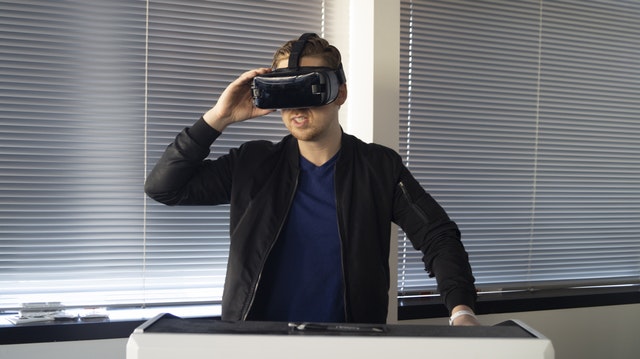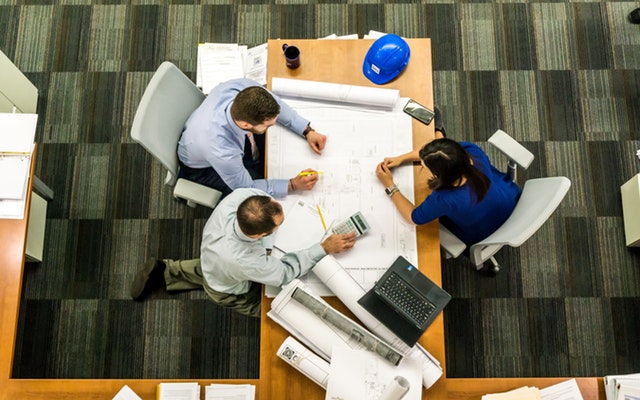
Nowadays, new construction technology is rapidly shifting the way construction is done, from apps on mobile devices to drone photography and laser scanning. Few construction sites have fully escaped the onward march of technology, but many companies have encompassed it and are reaping significant rewards.
The virtual reality (VR) is a new technology that is changing the construction industry by solving old problems. It is the next level in 3D modeling that involves a detailed virtual model of project. It places the user directly inside the virtual environment so that the user experiences a full immersion in the virtual space.
Here are the three ways on how the new age of virtual reality technology is solving old problems:
Streamline Collaboration

Virtual reality gives teams the capacity to “see” a project site without traveling to it. This makes easy for teams to collaborate in real time, in a shared environment where they can point out details and issues, even ask questions and making immediate decisions about changes.
This progresses timelines by facilitating feedback. It reduces rework by refining accuracy and the detail level of communications.
The benefits of virtual reality for collaboration are relevant when building in a difficult or remote sites, where teams may be communicating across substantial distances and site conditions that makes its visit challenging.
For example, there are nonprofit organizations that constructs building all over the world including in developing countries and disaster-prone areas. They use VR to help the onsite stakeholders understand the projects needs during the planning phase. They also use it to ensure remote teams can view progress and provide input throughout the construction phase.
Some of the construction companies uses VR to maintain open lines of communication with stakeholders all over the world before, during and after construction to raise awareness for their work in the communities they serve.
Scale Up Quickly
Because every building is different and every site is unique, construction has never an easy scaled industry (assuming your credit score can qualify for it). Virtual Reality aids on making it easy to share across teams and quickly gets update on relevant issues.
Creating a 3D model of a construction site was used to be a complex physical process that required space, materials and time. These miniature models were helpful in orienting the project, but contained inaccuracies and lacked of details.
The 3D modeling software improved a project by making it possible to create a detailed, accurate model more rapidly and inexpensively but also by making it possible to share it across the teams. Virtual reality takes it to a level of making it possible for people to involve themselves in the project as they were actually there and interact with the environment same like a walk-through. Armed with technologies, teams from other side of the country can come to a site together and observe its details in real time.
Moreover, lessons learned from a walk through can be applied with the teams and projects to constantly improve processes and create consistency.
Improve Customer Experience
The lack of transparency has been a common frustration for building owners and other stakeholders during the construction process. They had to trust the construction company whose doing their job and hope that having an occasional site visit would clear up the issues.
Today’s customer experience is completely different. Instead having a paper drawings and plans, clients can walk into s virtual reality model and see what their project will look like when it’s complete. This permits clients to make smart decisions and improves the contractor’s aptitude to set and meet expectations.
Throughout the construction process, the updated 3D in a virtual reality environment allow the customers to watch the project unfold and see that everything is on track and progressing as planned. When questions and issues do arise, customers can address it right away in a collaborative virtual environment, reducing friction and increasing speed.
By improving its streamlining collaboration, scalability and upgrading the customer experience, virtual reality helps construction companies tackle the old and new issues to create a more profitable and satisfying construction experience.